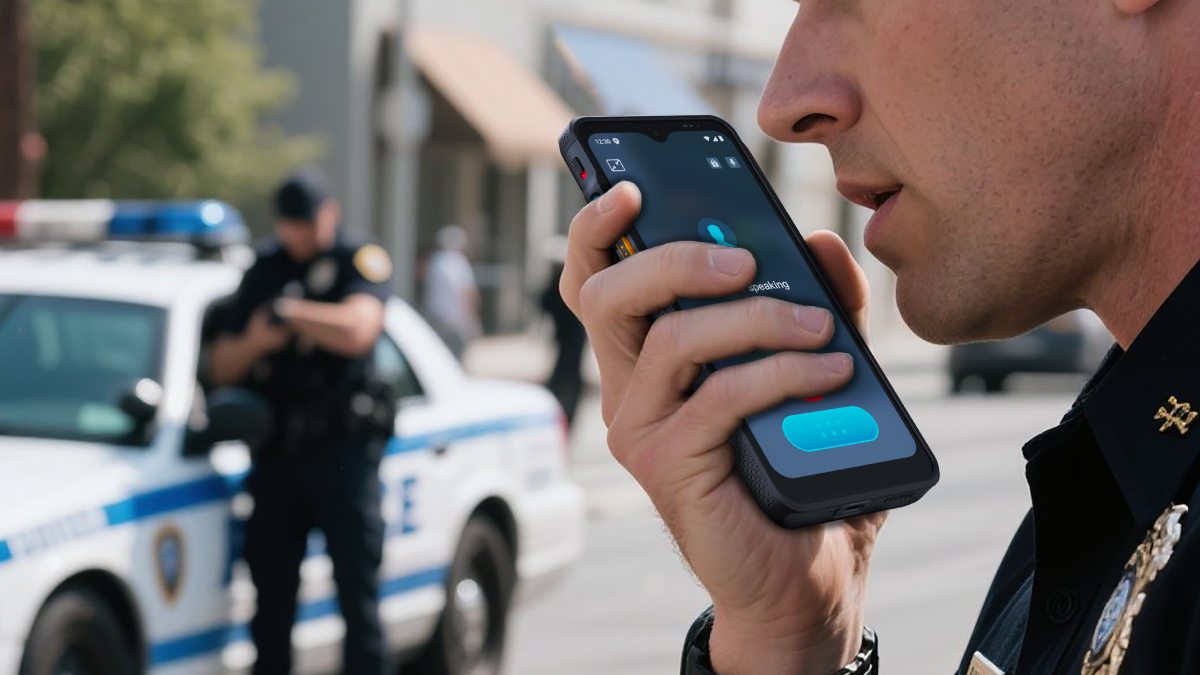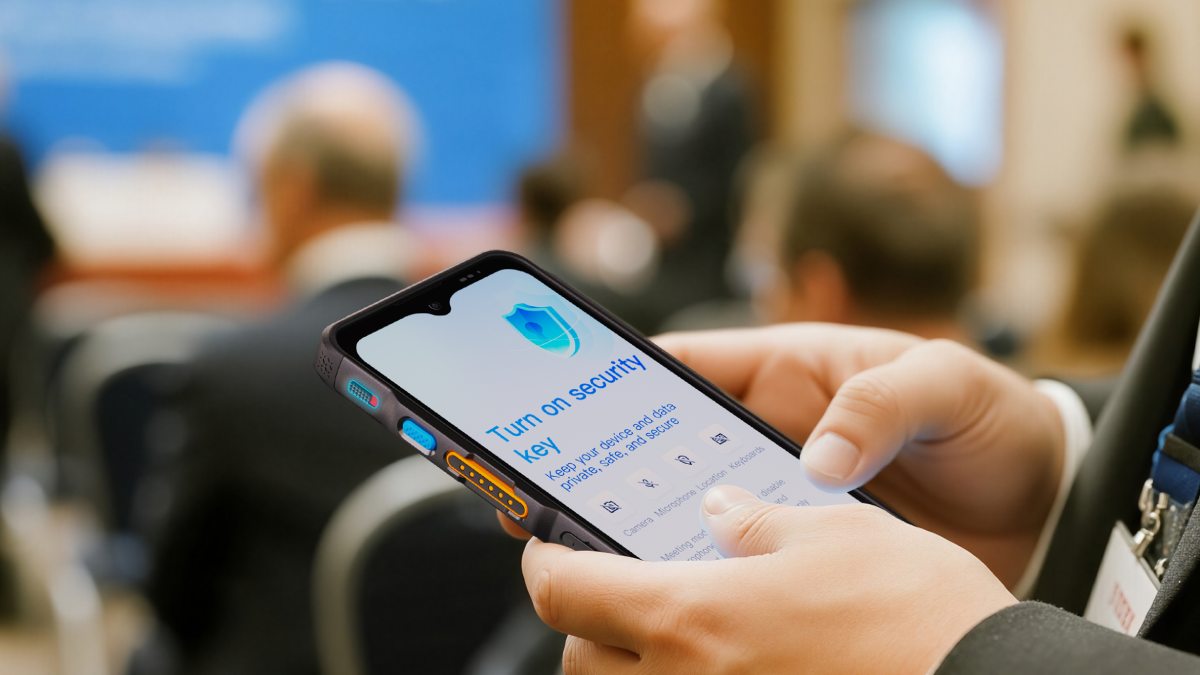What Public Safety Professionals Taught Us About Secure Devices
PoC & MCS
“We don't just need a smart terminal—we need one we can trust with our operations.”
—Security Supervisor, at a recent Hytera public safety roundtable
In recent months, we've had the privilege of meeting with frontline professionals at public safety expos, government tech forums, and hands-on demos across regions. One topic came up again and again: data security in mobile field operations.
From police chiefs managing sensitive incident reports to emergency coordinators using real-time video dispatch, everyone agreed—mobile devices are now critical tools of the trade. But they also agreed on the risk: What if the device gets lost, hacked, or misused? That's where the Hytera PNC660 came into the conversation—and quickly became the focus of it.

Why the Conversation Around Device Security Has Changed
During a recent technology exchange with a regional law enforcement agency, one officer put it simply:
“We've moved our workflows to smart devices, but the threats followed. We need something built for our world, not just another smartphone with an app.”
As frontline operations digitize, the potential entry points for cyber threats multiply. Sensitive data—from criminal databases to live response plans—is now stored and shared in real time. That's empowering, but also dangerous without the right safeguards.
The Hytera PNC660 answers this new reality with something simple yet powerful: security by design.
What Makes the PNC660 Different?
We showcased the PNC660 at several public safety conferences this year. When users tried it for themselves, here's what stood out:
• It's secure before it even boots up. The device verifies firmware with secure fuses and refuses to load if tampered.
• It protects data even under physical attack. If the casing is opened, it wipes critical data. Memory is hardware-bound to the CPU, so nothing can be extracted—even with direct access.
• It's authentication-ready. Passwords, fingerprint, or facial recognition—teams can choose the login method that matches their policy.
• It gives IT teams control. With Hytera's EMM platform, admins can manage apps, enforce policies, monitor usage, and even lock devices remotely.
In live demos, one IT manager from a municipal emergency office nodded in relief and said, “This is the first device that feels like it's on our side.”
Every interaction with our users brings new insight. Here are just a few use cases where PNC660's security features really hit home:
Law Enforcement: Officers need to access real-time data, make recordings, and log evidence—without fear of that data being accessed or stolen if a device is lost during pursuit.
Government Field Teams: Planning data, compliance forms, or inspection reports often contain sensitive information. With sandboxing and watermarking, apps stay isolated and files are protected from leaks.
Utility Response Teams: In crisis response situations, secure communication and coordination across agencies is essential. The PNC660 ensures communication stays private, prioritized, and uninterrupted.

Across all the events and meetings, we've seen a common shift in mindset: Security is no longer just an IT concern—it's part of frontline safety. Professionals on the ground want peace of mind that if a device is lost or compromised, it won't lead to a broader breach. They want control, traceability, and resilience. And they want it built-in—not added after the fact. The Hytera PNC660 isn't a consumer device made “tough.” It's a secure smart terminal built for professionals by professionals—informed by real conversations, real challenges, and real missions.
So, next time we meet you at a tradeshow, a pilot demo, or on a ride-along—we'll be ready to show you how the PNC660 doesn't just keep you connected. It keeps you protected.
2





